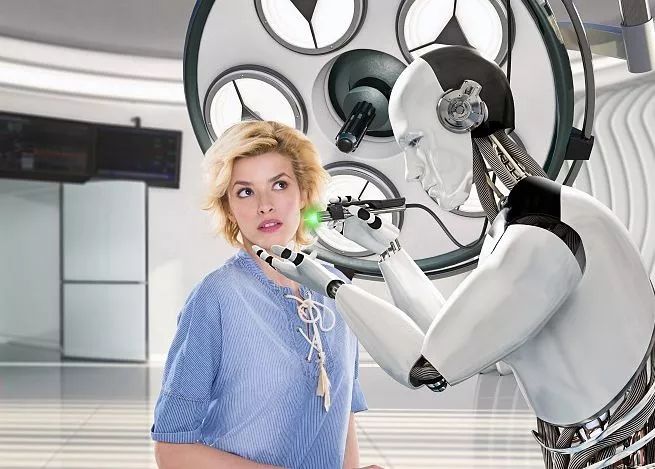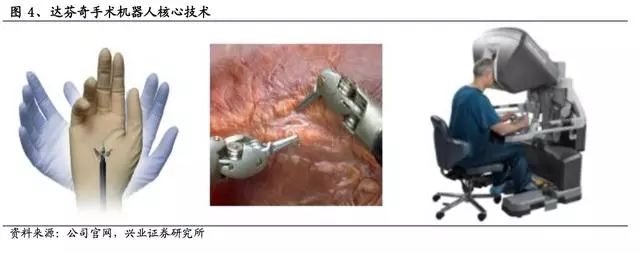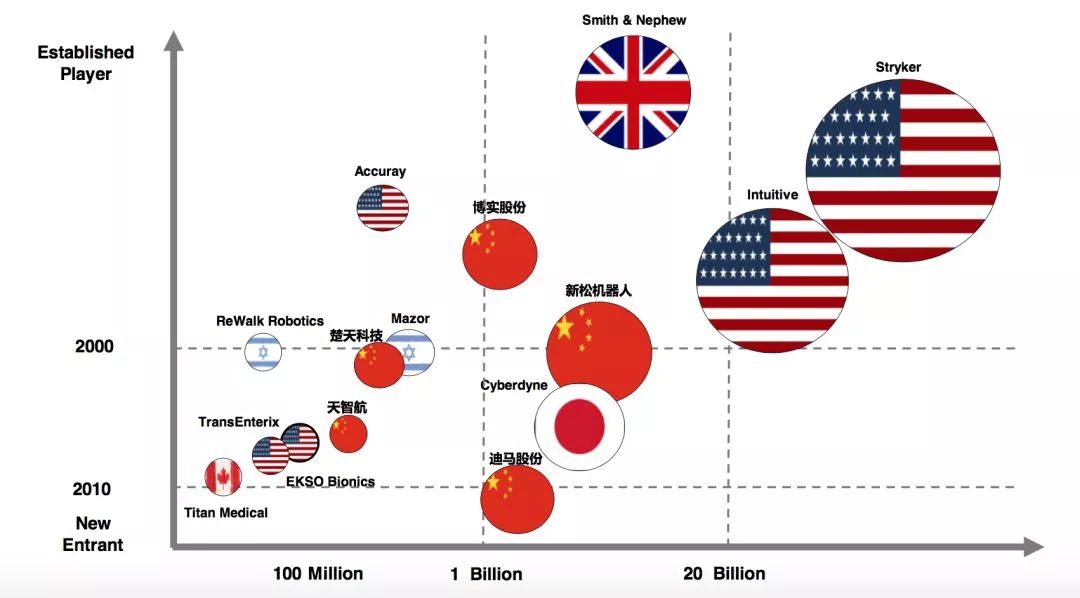
The current state of medical robot development is rapidly evolving, with significant advancements in surgical robotics. According to Winter Green Research, the global surgical robot market was valued at $3.2 billion in 2014. North America currently leads the market, but due to increased government investment in healthcare, system restructuring, and growing awareness of minimally invasive procedures, the focus is expected to shift toward Asia in the coming years.
As new generations of devices and systems are introduced, surgical robots are moving beyond large-scale open surgeries to target smaller areas of the body. It is projected that the global surgical robot market will reach $20 billion by 2021. These machines have made remarkable progress in recent years, driven by continuous innovation in the broader robotics industry.
Globally, research into medical robots has gained more attention. In the U.S., surgical treatment machines, prosthetic robots, rehabilitation robots, psychological assistance robots, personal care robots, and intelligent health monitoring systems are seen as key future directions. Europe is also making strides through initiatives like the "Robotics for Healthcare" network, aiming to boost the adoption of medical robots across the continent.
Among the most well-known surgical robots is the Da Vinci system, developed by Intuitive Surgical in California. Known as the "endoscopic surgical instrument control system," it represents a major breakthrough in minimally invasive surgery. Its precision, reduced trauma, quick recovery times, and remote guidance capabilities have made it highly popular worldwide.
The Da Vinci robot is widely used in various specialties, including general surgery, urology, cardiology, thoracic surgery, gynecology, ENT, and pediatric surgery. It is especially popular in prostatectomies and increasingly used in heart valve repairs and gynecological procedures. As of October 2017, there were 67 Da Vinci systems in mainland China, despite the country’s lower penetration rate compared to other regions.

Core technologies of the Da Vinci surgical robot include its free-moving arm wrist (Endo Wrist), 3D high-definition imaging, and the console's human-computer interaction design. These features make it the most advanced surgical robot on the market today.

In emerging markets like China, the surgical robot market still has low penetration due to limited infrastructure. However, with an aging population and rising demand for efficient, high-quality care, the potential for growth is enormous. The demand for minimally invasive procedures is increasing, driving the need for more advanced robotic solutions.
Despite the challenges, the industry is gaining support from both policy makers and investors. Sun Lining, deputy director of the State Key Laboratory of Technology and Systems, noted that while many technological innovations come from academia, the path to commercialization is long and complex. However, the trend is positive, with growing interest and funding entering the field.

From experimental products to industrialization, the journey for medical robots has been challenging. While American companies dominate the global market, Chinese firms are beginning to make their mark. For example, CRAS, a brain surgery assistive system developed in the late 90s, was one of the first to implement robotic minimally invasive surgery in China.
Companies like Huazhi Microcredit and Sizherui Medical have worked to develop locally produced surgical robots, breaking the monopoly of foreign systems like Da Vinci. These efforts aim to reduce costs and increase accessibility, particularly in rural and under-resourced areas.
The process of transforming research into usable products is difficult. Wang Rongjun, founder of Huazhi Microcredit, highlighted the importance of safety and stability. “The technology has passed over 40,000 clinical cases, proving its reliability,†he said. This kind of validation is crucial for gaining trust in hospitals and among medical professionals.
A key strategy for companies like Huazhi is to start in rural areas and gradually expand to larger hospitals. By offering affordable, high-quality solutions, they aim to provide better access to advanced surgical care. The business model also relies on consumables and follow-up services, which generate ongoing revenue beyond the initial equipment sale.

Looking ahead, the future of surgical robotics appears promising. With continued innovation, supportive policies, and growing market demand, the industry is poised for significant expansion. As more countries adopt these technologies, the benefits of minimally invasive surgery—faster recovery, less pain, and better outcomes—will become more accessible to patients around the world.
Bluetooth Headphones & Speakers
Bluetooth headphones & speakers
DongGuan BoFan Technology Co.,Ltd. , https://www.ufriendcc.com